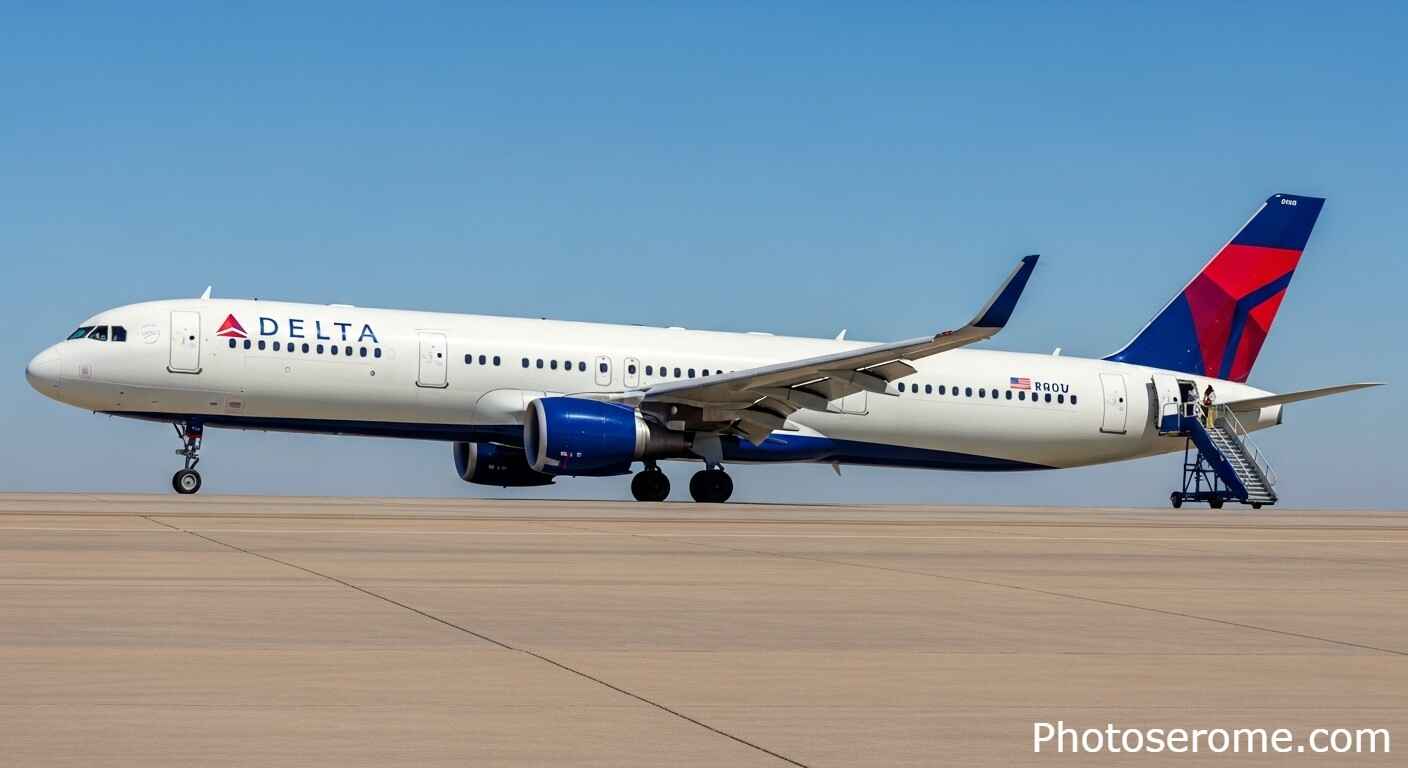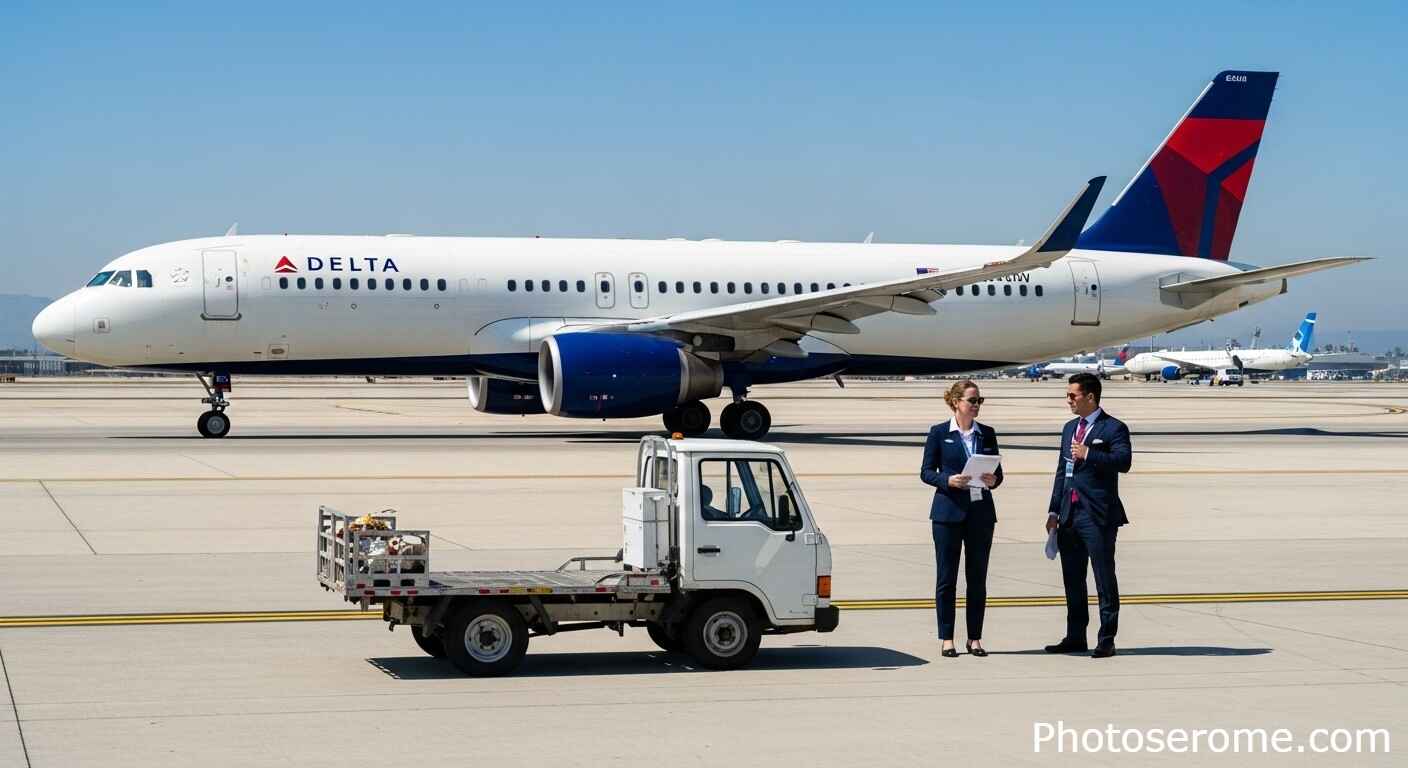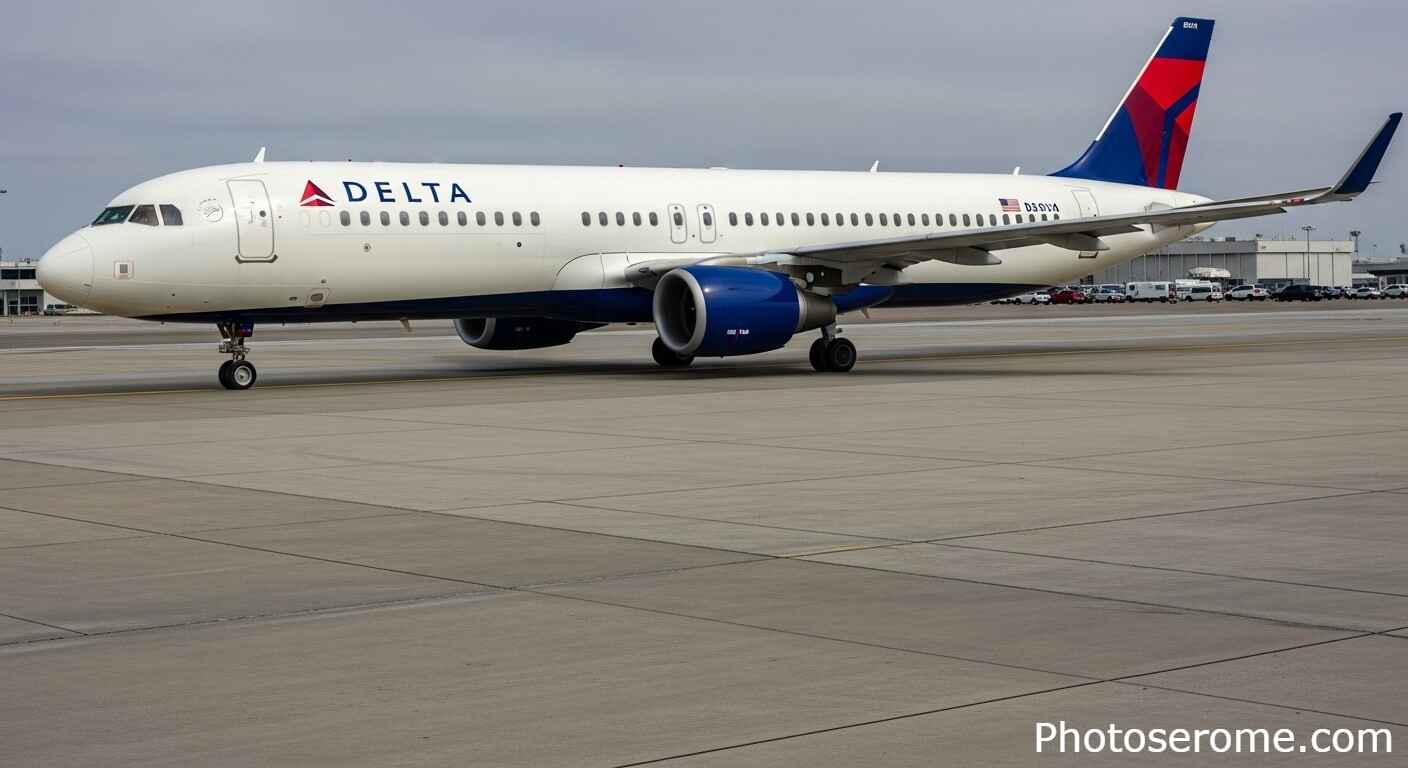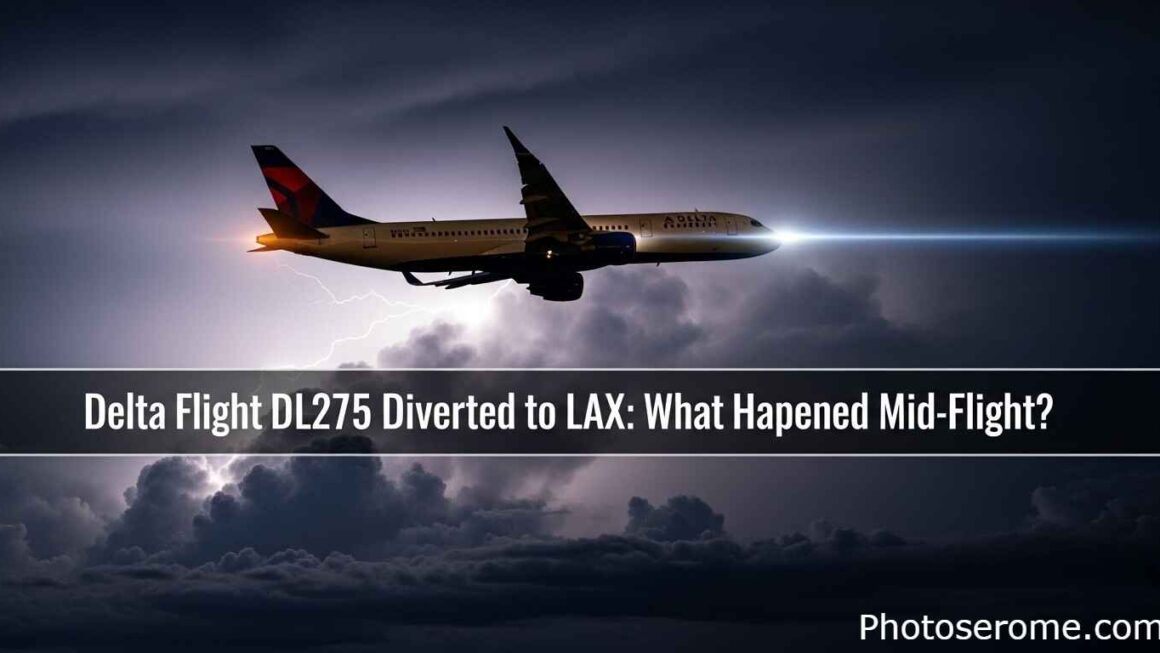On a routine flight from New York’s John F. Kennedy International Airport to Los Angeles International Airport (LAX), Delta Flight DL275 diverted to LAX, sparking curiosity and concern among passengers and aviation enthusiasts alike. The event, which unfolded mid-flight, has captured the attention of many due to the surprising nature of the diversion. In this article, we’ll uncover what happened with Delta Flight DL275 Diverted to LAX, why it occurred, and how the airline managed the situation.
What Happened with Delta Flight DL275?
Delta Flight DL275 took off from JFK Airport in New York, bound for Los Angeles. However, a few hours into the flight, something unexpected caused the aircraft to change course and land at LAX. The flight, which was expected to be a smooth and uneventful journey, turned into an emergency as the plane veered off its original route.
Details about the exact cause of the diversion were initially unclear, leaving many passengers anxious and speculating about what could have gone wrong. Initial reports suggested that there was a technical issue onboard, but passengers were later informed that the situation required the plane to be diverted for safety reasons.
Reasons Behind the Diversion
 While there are several possible reasons for flight diversions, only a few specifics about Delta Flight DL275 Diverted to LAX have been confirmed. According to sources, the diversion was prompted by one of the following possibilities:
While there are several possible reasons for flight diversions, only a few specifics about Delta Flight DL275 Diverted to LAX have been confirmed. According to sources, the diversion was prompted by one of the following possibilities:
- Technical Issue:
A mechanical problem can often lead to a diversion. Aircraft are equipped with numerous systems that require continuous monitoring during a flight. If any of these systems show signs of malfunctioning or if the crew detects a significant issue, pilots are trained to divert to the nearest airport for safety. - Medical Emergency:
Sometimes diversions occur due to a medical emergency onboard. Passengers or crew members can experience sudden health issues during flight, such as a heart attack or other severe conditions. In such cases, the airline’s primary concern is the well-being of those onboard, which may require diverting to the nearest airport. - Weather Conditions:
Although not confirmed in this case, poor weather conditions (like turbulence or a storm) can also cause a diversion. Pilots make decisions based on the safety of passengers and will reroute flights if they believe conditions ahead may be dangerous.
The exact reason behind Delta Flight DL275 Diverted to LAX remains under investigation, but it’s clear that safety protocols were followed to ensure the well-being of everyone on board.
Passenger Experiences: What Happened in the Air?
For passengers on board Delta Flight DL275, the experience of being diverted mid-flight was undoubtedly unsettling. Passengers reported that the crew remained calm and communicated well during the event. According to social media posts from passengers, the flight attendants were professional and reassuring, ensuring everyone that the situation was under control.
Several passengers also noted the brief period of uncertainty before the plane began its descent towards LAX. Some shared how they appreciated the transparency and regular updates from the cockpit, explaining the delay without causing unnecessary alarm.
Others, however, expressed frustration over the confusion surrounding the diversion. While Delta handled the situation quickly, passengers were left wondering what exactly had gone wrong. This often happens when flights are rerouted – without complete details, passengers can feel uneasy.
Delta’s Response and Customer Support
 As soon as the plane landed safely at LAX, Delta staff quickly provided support to the affected passengers. They offered accommodations for those who needed to rebook connecting flights and ensured that food and drink were available. Delta representatives at LAX were seen assisting passengers with rebooking, and the airline’s customer service hotline responded promptly to calls.
As soon as the plane landed safely at LAX, Delta staff quickly provided support to the affected passengers. They offered accommodations for those who needed to rebook connecting flights and ensured that food and drink were available. Delta representatives at LAX were seen assisting passengers with rebooking, and the airline’s customer service hotline responded promptly to calls.
Delta issued a formal statement later that day, assuring passengers that the diversion was handled with safety as the top priority. They also acknowledged the inconvenience and promised to thoroughly investigate the cause of the diversion.
In addition, the airline provided compensation to affected passengers, including meal vouchers and hotel accommodations for those stranded overnight. This level of customer care helped alleviate some of the frustration passengers were experiencing.
Safety Measures and Protocols During Mid-Flight Diversions
When a flight is diverted mid-air, multiple layers of protocol are involved. From the moment an issue arises, pilots and flight attendants must work together to ensure that the situation is managed correctly. Here’s a breakdown of how mid-flight diversions typically occur:
- Pilot’s Role:
Pilots are trained to handle emergencies and diversions. Their priority is to ensure that the flight remains as safe as possible. The pilot communicates with air traffic control and decides to reroute the flight, ensuring that the nearest suitable airport is within range. - Air Traffic Control:
Air traffic controllers work closely with pilots during diversions. They help guide the flight to the nearest airport, providing real-time weather and traffic updates to facilitate a safe landing. - Flight Attendants:
Flight attendants are also prepared for emergencies, ensuring that passengers are calm and safe. They may assist passengers with medical emergencies, prepare the cabin for landing, and ensure that all passengers are properly buckled in. - Aircraft Systems:
Modern aircraft are equipped with various backup systems to help during emergencies. Whether the diversion is due to a technical issue or another reason, aircraft are built with multiple redundancies to ensure a safe landing.
Impact on Delta’s Reputation and Future Flights
 Incidents like the diversion of Delta Flight DL275 Diverted to LAX can have a short-term impact on an airline’s reputation. However, Delta’s swift handling of the situation, along with its transparency and customer support, helped mitigate any long-term damage. Delta places high importance on passenger safety and comfort.
Incidents like the diversion of Delta Flight DL275 Diverted to LAX can have a short-term impact on an airline’s reputation. However, Delta’s swift handling of the situation, along with its transparency and customer support, helped mitigate any long-term damage. Delta places high importance on passenger safety and comfort.
In the long run, this incident may lead to a review of operational procedures. Airlines often take these events as an opportunity to improve internal protocols, ensuring that diversions are handled even more smoothly in the future.
Conclusion
Delta Flight DL275 Diverted to LAX, is a reminder of how quickly things can change in the skies. While diversions are relatively rare, they are essential in ensuring the safety of passengers and crew. Delta’s quick action, customer service, and transparency in the face of this unexpected situation were commendable.
While we may never fully know what caused the diversion, one thing is clear: Delta handled the situation with professionalism and care, ensuring that everyone aboard got home safely.
FAQs About Flight Diversions
Q1: Why do flights get diverted?
Flights are typically diverted for safety reasons, such as mechanical issues, medical emergencies, or severe weather. Pilots and air traffic control assess the situation to ensure the safest option for passengers.
Q2: How does Delta handle flight diversions?
Delta prioritizes passenger safety and comfort. They provide timely updates, assist with rebooking, and offer accommodations when necessary. Customer support is available to handle inquiries at all times.
Q3: Can passengers claim compensation for a diverted flight?
Yes, passengers may be eligible for compensation, such as meal vouchers, hotel accommodations, or even flight refunds, depending on the nature of the diversion.
Q4: How are passengers informed about diversions during a flight?
Pilots and flight attendants communicate with passengers via the public address system, keeping them informed about the situation and any actions being taken.
Q5: How common are flight diversions?
Flight diversions are rare but not unheard of. Airlines and pilots are well-trained to handle these situations when they arise.


